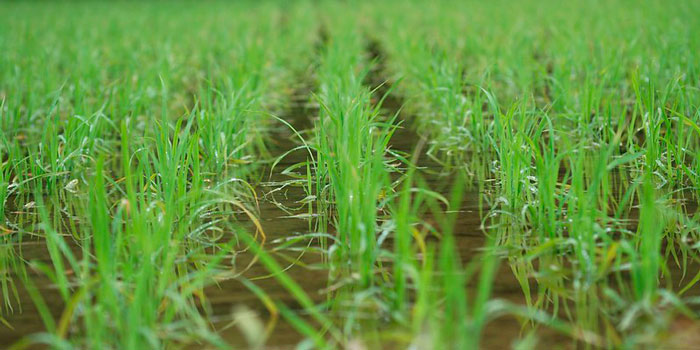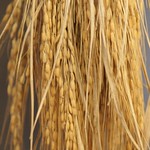Wannian Traditional Rice Culture, China
GIAHS since 2010

Wannian traditional rice is a remarkable old and prototype variety, firstly grown in Heqiao village during the North and South Dynasty (420 AD - 589 AD). Formerly called “Wuyuanzao”, this rice is now commonly known as “Manggu”. Wannian rice varieties can only thrive in Heqiao Village due to its combination of cold spring water, special soil conditions and climate which is only found in this village.
The traditional rice needs the perennial cold spring water for irrigation, and surrounding forests play a crucial role in soil and water conservation. The surrounding forests and paddy fields are part of the same biodiversity-rich agro-forestry system. Given the rice’s resistance to insects and adaptation to low soil fertility, farmers do not need to use chemical fertilizers and pesticides, resulting in a sustainable planting environment and contributing to the biodiversity conservation. Ingenious Wannian people have also documented their experiences in cultivating traditional rice and rice culture since time immemorial. The rice culture is closely related to their daily life, expressed in their customs, food, language, and form an important part of their cultural diversity.


